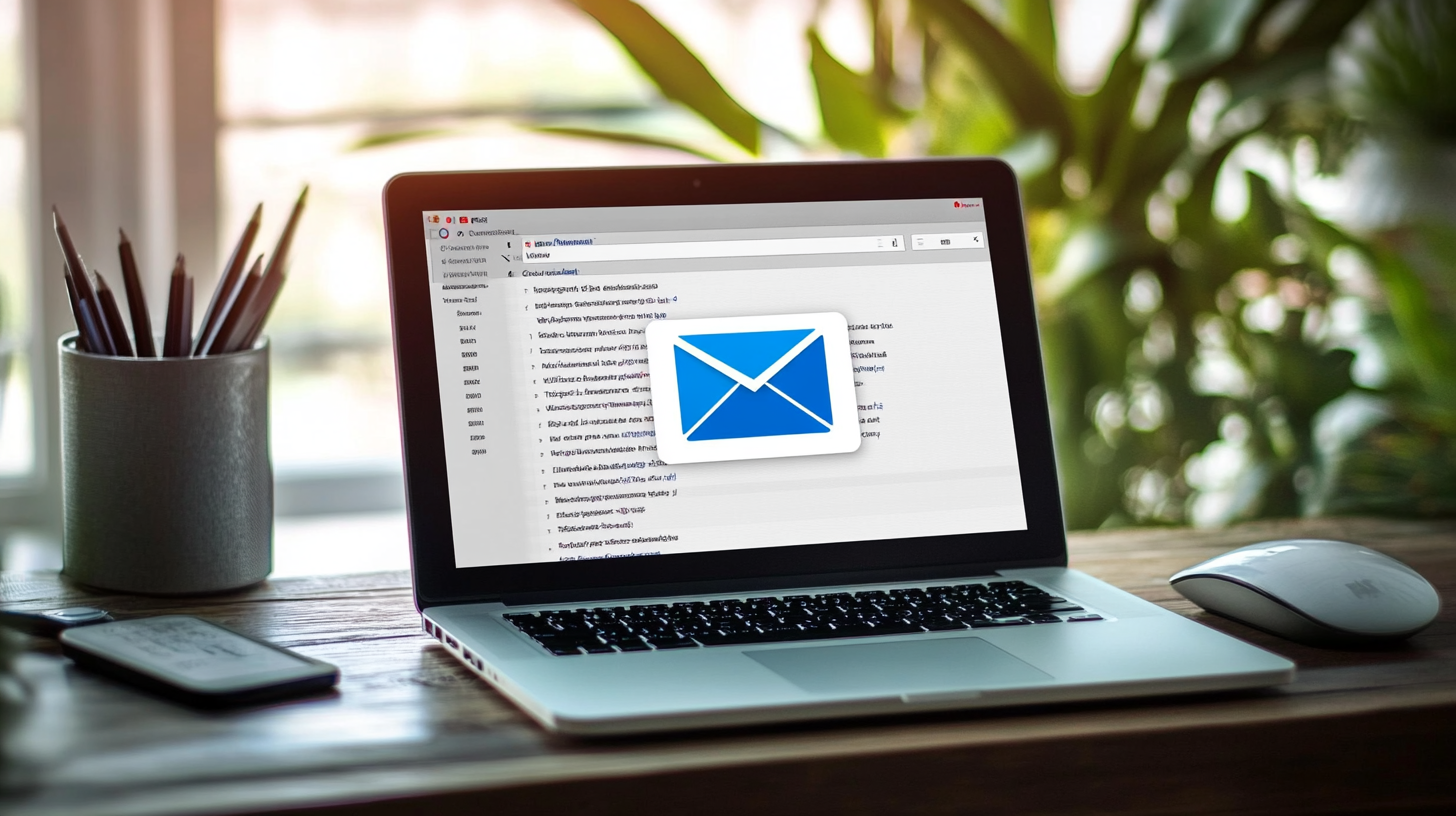Crafting the Perfect Business Travel Out-of-Office

I’ve often observed that when you’re in transit—bouncing between airport gates or adjusting to different time zones—managing the endless stream of messages can feel like a juggling act. That’s why a well-crafted out-of-office response isn’t just a polite heads-up; it’s a strategic lifeline that helps reduce confusion and keep teams moving forward. In 2025, we’re seeing more professionals rely on dynamic autoresponders that adjust to changing schedules, ensuring no one is left in the dark.
Why Out-of-Office Messages Matter

Out-of-office messages serve a far greater purpose than just filling inbox space. According to a 2024 industry survey by GlobalWorkplace Insights, over 60% of frequent business travelers reported a decrease in missed deadlines after adopting personalized autoresponders. By promptly indicating when you’ll be back and who to contact in your absence, you’re effectively minimizing bottlenecks and building trust among colleagues and clients.
I’ve personally seen how properly timed messages can prevent issues from piling up. Once, during a transatlantic flight with spotty internet, my well-structured auto-reply managed expectations and directed urgent questions to my team. This simple gesture saved a project from missing a critical milestone. It confirms the idea that out-of-office notices are as instrumental as any business tool you carry with you on the road.
Another key insight is that out-of-office messages can reflect your professional branding. Your tone, clarity, and helpful information demonstrate your commitment to effective communication—even when you’re thousands of feet in the air. If you manage expectations with sincerity and a touch of warmth, you reinforce relationships far more effectively than a simple “I’m away, sorry!” message.
Essential Elements of a Business Travel Autoresponder

Crafting an autoresponder involves balancing transparency with brevity. Start with a greeting that addresses incoming queries graciously, then mention your reason for being away—whether you’re attending a cutting-edge research conference or scouting new technology at an overseas facility. Next, specify the dates you’ll be offline or partially available. This helps collaborators plan their timelines accordingly, preventing last-minute surprises.
In my own experience, referencing limited Wi-Fi access can be a game-changer. Recently, during a flight test event, intermittent connectivity made real-time communication nearly impossible. My auto-reply stated that urgent requests should be forwarded to a trusted colleague. This approach not only kept projects on track but also reassured clients that their concerns wouldn’t vanish into the digital ether.
Be sure to end with a clear sign-off that includes your name or signature block. If your organization has guidelines on data privacy, remember not to overshare itinerary details. Also, keep in mind any relevant security policies if you’re traveling to sensitive locations. A transparent, concise layout shows you respect your recipients’ time as much as your own.
Setting the Right Tone for Internal vs. External Contacts

Throughout my travels, I’ve learned that tone is everything. You don’t want to sound overly casual to a potential corporate partner, nor too stiff when speaking to your immediate team. Some email clients and organizational platforms allow you to create separate templates for internal and external recipients, which can be incredibly handy.
For external contacts, present a concise, courteous message that includes essential details: your travel dates and alternative points of contact. Keep the language professional enough to respect formal business boundaries. In contrast, an internal auto-reply offers more flexibility. I sometimes add a quick inside joke about a shared project or a friendly note acknowledging upcoming deadlines—just enough to keep teamwork rolling and morale high.
Keep in mind that overdoing it on humor can backfire if it reaches an unintended audience. Double-check your settings to ensure the right message goes to the right group. Trust me, I’ve seen coworkers accidentally send playful out-of-office notes to high-level clients, and it created some uncomfortable moments.
Recommended Tools for Stress-Free Travel

Today’s business travel ecosystem is full of streamlined platforms that can help you maintain order in the chaos. Solutions like myBiz stand out for their flexible booking options and special corporate fares—an absolute boon if your schedule changes at the eleventh hour. Meanwhile, ITILITE bundles expense tracking, flight bookings, and accommodation into one cohesive interface.
From my perspective, having a progressive travel management platform is crucial for frequent flyers who can’t afford to waste time searching for last-minute flights or juggling receipts. Pairing these platforms with well-curated out-of-office templates can further lighten the load. In fact, a recent study suggests that companies using integrated travel solutions see a marked drop in administrative overhead due to improved organization and communication.
Don’t forget to explore automated email tools that trigger different autoresponders based on calendar events or your actual flight status. This can be especially helpful when unexpected delays happen, because your auto-reply can dynamically update everyone waiting for your response. It’s another glimpse of how technology is reshaping business travel, making it smoother and smarter with each passing year.
Five Sample Message Ideas

1. The Straightforward Pro: A simple, polished greeting that outlines your travel dates and the designated contact for urgent matters. Ideal for external stakeholders who need quick info.
2. The Conference-Goer: Here, I highlight that I’ll have limited email access due to attending presentations or workshops. This sets a realistic communication window, so people aren’t left waiting indefinitely.
3. The In-Flight Minimalist: If I know I’ll be relying on unreliable in-flight Wi-Fi, I explain that responses may be delayed and point people to someone who’s grounded and fully connected.
4. The Friendly Colleague Note: Perfect for internal teams that share common goals and jokes. I mention a key project status, but keep it light, sprinkling in a quick thank you for understanding any slower responses.
5. The Longer-Term Trip: Whenever I embark on multi-week travels for research or extended seminars, I emphasize the length of my absence and list multiple contacts for different project areas. That way, no task is left hanging.
These examples illustrate how you can adapt tone and content based on audience, length of absence, and the nature of your trip. Relying on carefully chosen words now can save you heaps of back-and-forth emails later.
Final Thoughts

Ultimately, a well-structured out-of-office message is all about respect—for your time, your colleagues, and your clients. By offering clarity upfront, you prevent tasks from getting lost and maintain smooth operations even when you’re off exploring new horizons. Don’t underestimate how an effective auto-reply can enhance your professional image. It’s a simple gesture that says: “I care enough to plan ahead, so you don’t suffer any inconvenience in my absence.”
In an era where technology is advancing at breakneck speed, I truly believe thoughtful communication will remain the hallmark of solid teamwork. The emergence of AI-powered tools might orchestrate some of these steps for us, but at the core, genuine human courtesy never goes out of style.
As we move deeper into 2025, the nuances of remote collaboration and business travel will continue to evolve. Adopting smart, empathetic communication strategies is an investment that pays off in client satisfaction and team morale. You’ll thank yourself later when you return to a well-managed inbox instead of a digital avalanche.
Amelia Yeaher’s Take
Whether embarking on a quick domestic hop or a far-flung international journey, I’ve found that a proactive communication mindset sets the tone for productive travel. By embracing tools that adapt to my real-time status—plus sending responsive, personable auto-replies—I ensure everyone back home knows they can count on me, even when I’m halfway across the globe.
At the end of the day, bridging distance doesn’t have to be complicated. Thoughtful message planning helps us stay connected without missing a beat. It’s small steps like these that elevate travel from a mere commute to a purposeful, innovative experience.






